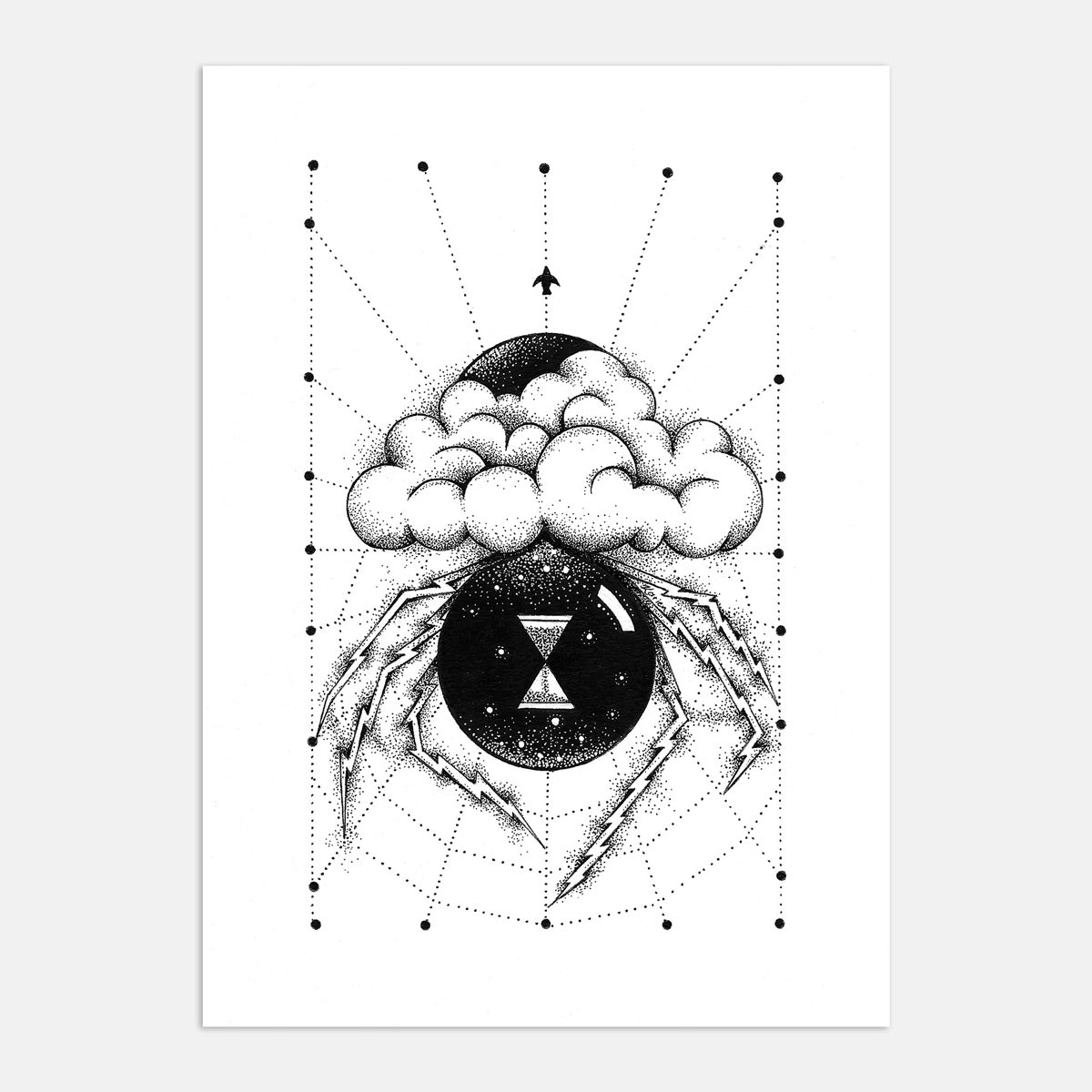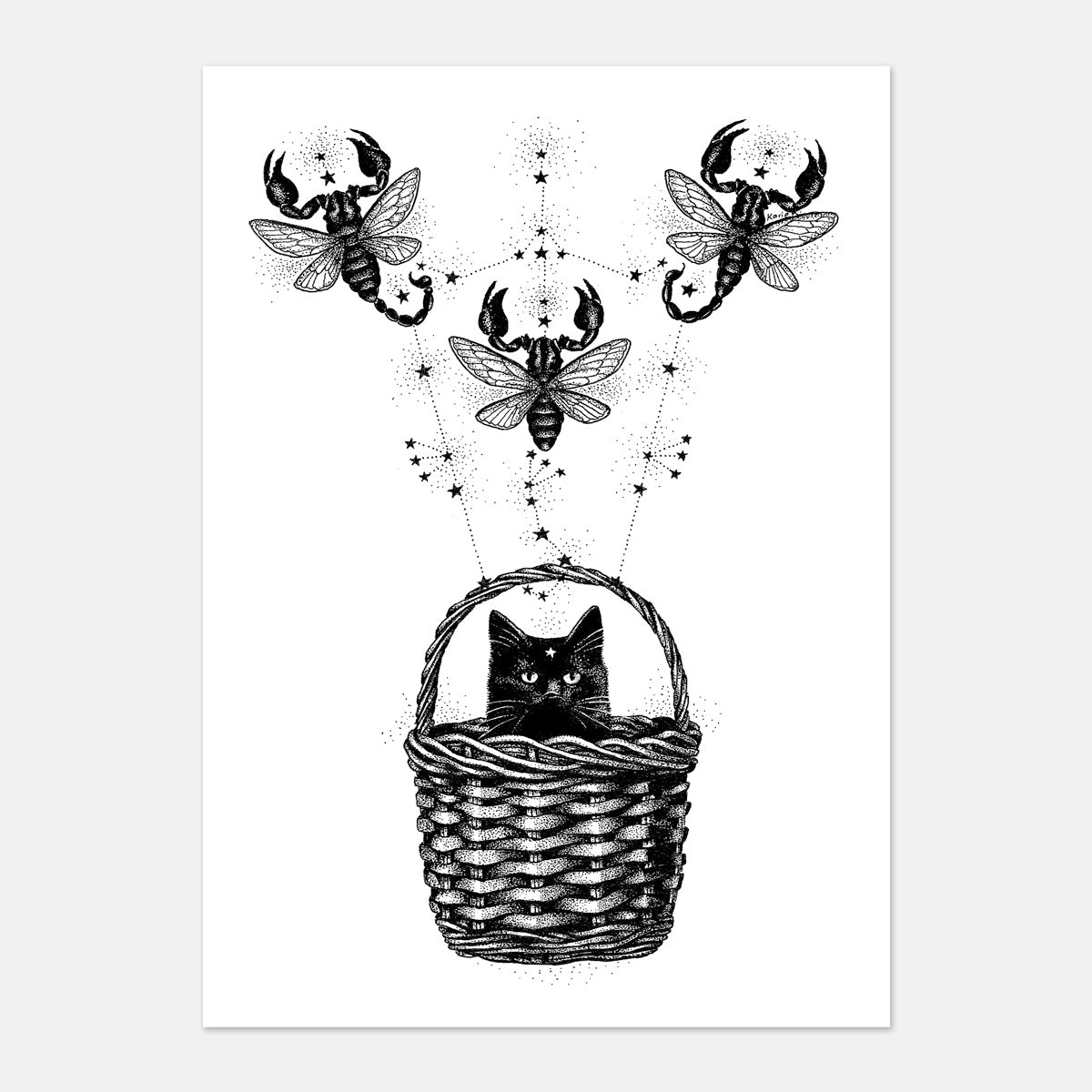I have always been drawn to the simplicity and clarity of black and white illustration. These two colors have a way of stripping down the visual experience to its essence, removing unnecessary distractions and helping the viewer focus on what truly matters. In minimalist black and white art, there are no in-betweens, no gray areas—just pure contrasts that emphasize content over form.
Minimalism and Black & White Art:
The minimalist art movement has long embraced the black and white palette as a visual language to explore essentialism and purity. Minimalism, as a movement, seeks to reduce art to its most fundamental features, often removing color. Famous minimalist artists such as Frank Stella, who used geometric shapes and simple colors in the 1960s, often turned to black and white as a medium to convey simplicity.

In my own black and white illustration work, I find that black and white allows me to express the essence of the symbols I want to convey. By removing color, you force the viewer to focus entirely on the subject and the story that is being told.
The Purity of Black and White:
There is something inherently pure about the absence of color when working in black and white. It represents a dichotomy, a balance, and a form of visual clarity that resonates deeply with the minimalist approach. By using only black and white symbolism, I can distill the visual elements of my black and white art to their most fundamental forms, drawing attention to the content and symbolism that hold personal significance for me.
Philosophical Ideas Behind Simplicity:
The use of black and white in minimalist art connects to larger philosophical ideas, particularly around essentialism and simplicity. Philosophers such as Lao Tzu emphasized the importance of simplicity, encouraging individuals to strip away unnecessary complications in life to focus on what truly matters. In this way, minimalist black and white art mirrors this philosophical ideal by removing the complexity of color and presenting only the essential. Additionally, black and white can be seen as a metaphor for the dualities we experience in life—light and darkness, joy and sorrow, existence and non-existence. These are themes that are often explored not only in art but in philosophical discourse as well. By embracing the simplicity of black and white, we can also reflect on what is essential in our own lives. One such artwork is "Scattered Senses":
How Monochrome Palettes Resonate with Viewers:
Monochrome palettes offer a unique way for viewers to engage with artwork. With color removed, viewers are invited to contemplate the deeper meanings and emotions evoked by the stark contrasts. The absence of color often leaves more room for interpretation, allowing viewers to project their own emotions and thoughts onto the artwork. For some, black and white illustration might evoke feelings of nostalgia, as it harkens back to early photography and film. For others, the starkness of black and white can create a sense of clarity, encouraging them to focus on the form and structure of the piece without distraction. In this way, black and white art speaks to a broader audience, offering a more introspective experience.




